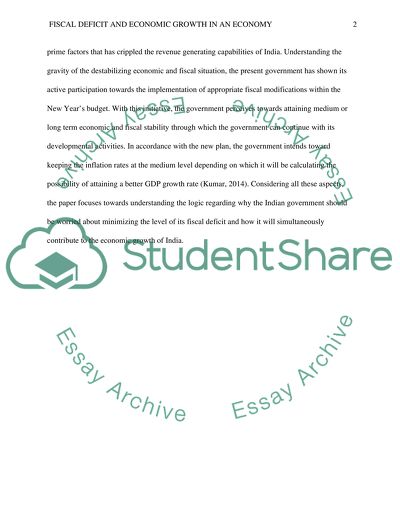Cite this document
(“Fiscal Deficit and Economic Growth in an Economy Term Paper”, n.d.)
Fiscal Deficit and Economic Growth in an Economy Term Paper. Retrieved from https://studentshare.org/macro-microeconomics/1663941-fiscal-deficit-and-economic-growth-in-an-economy
Fiscal Deficit and Economic Growth in an Economy Term Paper. Retrieved from https://studentshare.org/macro-microeconomics/1663941-fiscal-deficit-and-economic-growth-in-an-economy
(Fiscal Deficit and Economic Growth in an Economy Term Paper)
Fiscal Deficit and Economic Growth in an Economy Term Paper. https://studentshare.org/macro-microeconomics/1663941-fiscal-deficit-and-economic-growth-in-an-economy.
Fiscal Deficit and Economic Growth in an Economy Term Paper. https://studentshare.org/macro-microeconomics/1663941-fiscal-deficit-and-economic-growth-in-an-economy.
“Fiscal Deficit and Economic Growth in an Economy Term Paper”, n.d. https://studentshare.org/macro-microeconomics/1663941-fiscal-deficit-and-economic-growth-in-an-economy.


